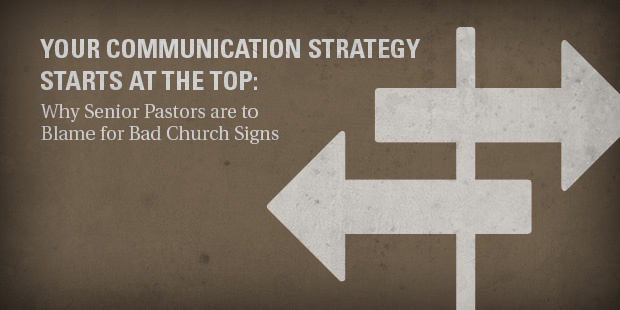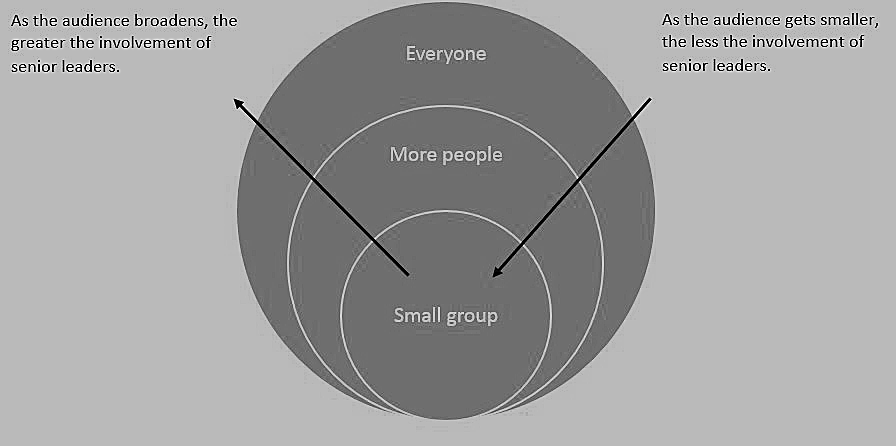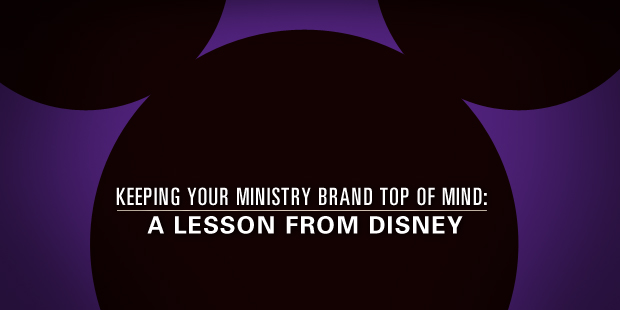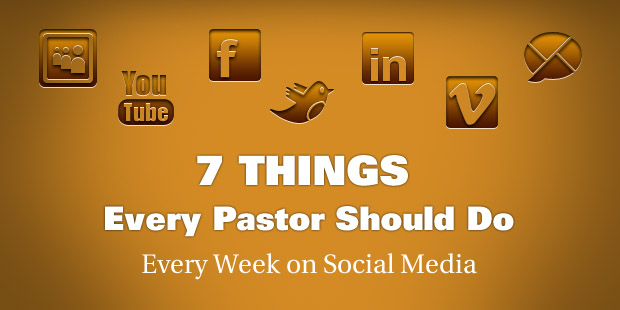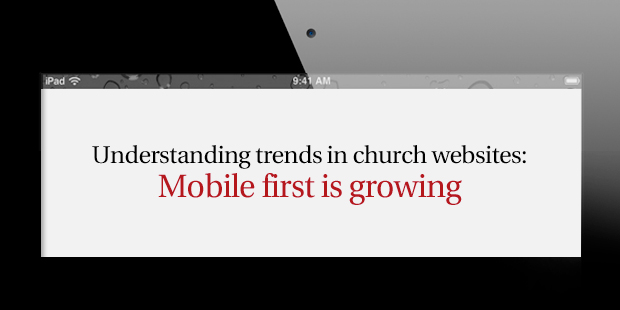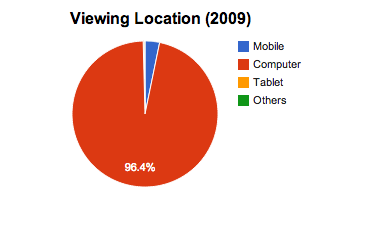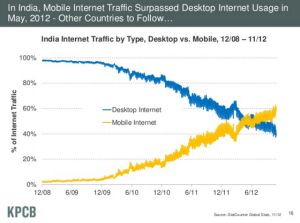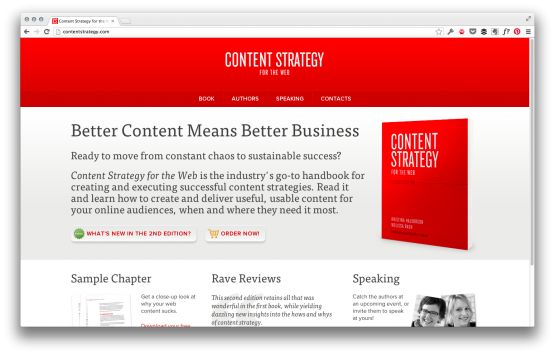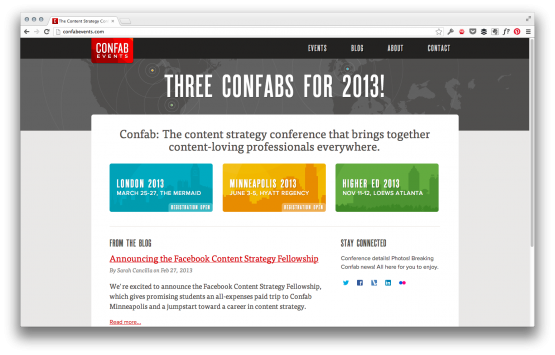
Using Profiles to Build Your Communication Strategy, Part 1
Every church is made up of different groups (or personas) on any given Sunday.
Collectively, you may not be able to tell the difference between them. But these groups—new visitor, regular attender, committed member, and mature disciple—all use your website in profoundly different ways.
Today, we’ll profile the first two personas and reveal what our research shows as the most important sections for each.
New Visitors
A new visitor will be paying attention to different areas of your website than someone who’s been to the church before. They’ll want to know things like:
About Us/Directions. How do they find your church? If they’re on a mobile device, are the directions in your site easy to read? Better yet, is the site mobile-ready?
What can they expect on a Sunday morning? If they show up in a three-piece suit, will they feel out of place? If they don’t show up in a three-piece suit, will that ruffle some feather? More than just attire, people showing up for the first time will want to know what to expect. Can they find this easily on the website?
Event calendar. We find consistently new people want to get connected to the community as quickly as possible. The best way to facilitate this is through the event calendar. If a new person comes to the event calendar section, are they able to find events relevant to them?
Regular Attenders
These folks are the ones who are casually involved with the church. They drift in and out of church life, but they have made an increased commitment to attending regularly. If your church has a membership program, this group isn’t likely to make that commitment without a personal invitation or increased engagement through programs and events.
Here’s what interests regular attenders most on your church’s website:
Event registration. Because regular attenders are more involved in the life of the church, they want to be able to register for events online. In addition to listing out event details, regular attenders want to be able to sign up for classes all online.
Missional or theological statement. Doctrinal or theological positioning statements are rarely important to people until they commit to attending. A regular attender is more likely to seek these out.
Social media outposts. Because a regular attender is increasing their commitment level to the church, they’ll seek other ways to stay involved throughout the week. One of the easiest ways to do this is via social media outposts. Users in this group are highly likely to engage socially with a church.
Conclusion
As you can see, there are similarities between these two groups, namely around community-based activities. In fact, every group profiled does or will include a deep desire to connect to the church community through the website. Join us next week for the profiles of both a committed member and mature disciple.

Tags: Attention, Awareness, Justin Wise












